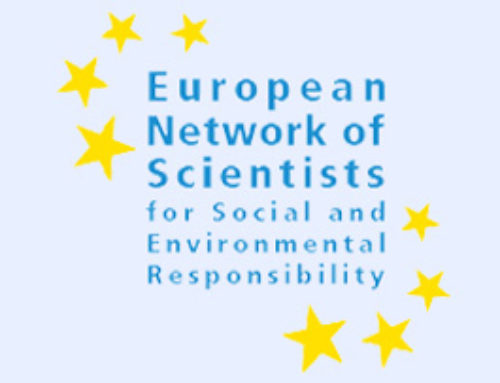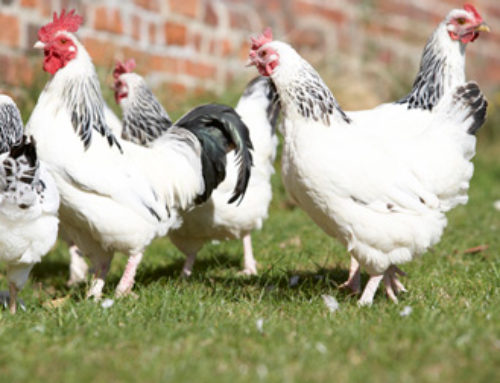 The herbicide glyphosate and its major breakdown product has been found in 60–100% of air and rain sampled in the US, according to a new study. Glyphosate is the chemical on which the world’s best selling herbicide, Roundup, is based.
The herbicide glyphosate and its major breakdown product has been found in 60–100% of air and rain sampled in the US, according to a new study. Glyphosate is the chemical on which the world’s best selling herbicide, Roundup, is based.
The researchers collected weekly air particle and rain samples during two growing seasons in agricultural areas in Mississippi and Iowa. Rain was also collected in Indiana. According to the study’s authors:
“The frequency of detection and median and maximum concentrations of glyphosate in air were similar or greater to those of the other high-use herbicides observed in the Mississippi River basin, whereas its concentration in rain was greater than the other herbicides.”
The study
Chang FC, Simcik MF, Capel PD. Environ Toxicol Chem. 2011 Mar;30(3):548-55. doi: 10.1002/etc.431. Epub 2011 Jan 19.
School of Public Health, University of Minnesota, Minneapolis, Minnesota, USA.
Abstract:
This is the first report on the ambient levels of glyphosate, the most widely used herbicide in the United States, and its major degradation product, aminomethylphosphonic acid (AMPA), in air and rain. Concurrent, weekly integrated air particle and rain samples were collected during two growing seasons in agricultural areas in Mississippi and Iowa. Rain was also collected in Indiana in a preliminary phase of the study. The frequency of glyphosate detection ranged from 60 to 100% in both air and rain. The concentrations of glyphosate ranged from <0.01 to 9.1 ng/m(3) and from <0.1 to 2.5 µg/L in air and rain samples, respectively. The frequency of detection and median and maximum concentrations of glyphosate in air were similar or greater to those of the other high-use herbicides observed in the Mississippi River basin, whereas its concentration in rain was greater than the other herbicides. It is not known what percentage of the applied glyphosate is introduced into the air, but it was estimated that up to 0.7% of application is removed from the air in rainfall. Glyphosate is efficiently removed from the air; it is estimated that an average of 97% of the glyphosate in the air is removed by a weekly rainfall ≥ 30 mm.
Copyright © 2011 SETAC.
{sharethis}





Leave A Comment
You must be logged in to post a comment.